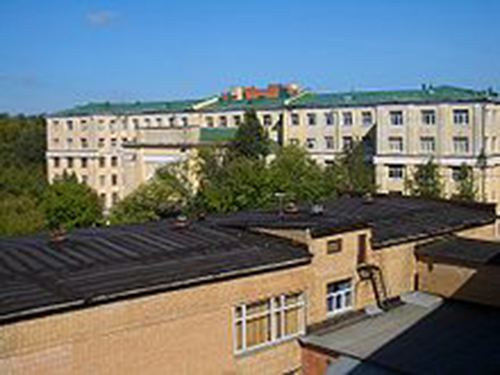people
President Sung-Mo “Steve” Kang of KAIST has been appointed a member of the International Board of the Moscow Institute of Physics and Technology (MIPT) in 2014, a leading Russian university specializing in theoretical and applied physics, mathematics, and related science and technology disciplines.
President Kang is the only scientist from Asia to become the latest member of the MIPT International Board. Consisting of 11 highly regarded scientists and scholars from all around the world, such as Professor Carlo Rubbia, a Nobel laureate in physics in 1984, President Alexander F. Andreev of the Kapitsa Institute for Physical Problems, President Ralph Eichler of the Zurich Federal Institute of Technology, and President Jaques Biot of the École Polytechnique Paris. Currently, President Leo Rafael Raif of MIT chairs the Board.
MIPT created the International Board (http://mipt.ru/en/about/general/international-board/) in 2013 to promote collaboration in international research and educational programs as well as to enhance its global visibility in the international community.
MIPT was established in 1946 by a group of prominent Soviet scientists including Pyotr Kapitsa, a Nobel laureate in physics in 1978, and was approved later in 1951 by the government of the former Soviet Union as a state university. Often referred as the “Russian MIT,” MIPT has earned international and domestic recognition through its unique educational system, providing students with opportunities for rigorous education in fundamental science and extensive research at leading research institutions of the Russian Academy of Sciences.

-
research KAIST Uses AI to Discover Optimal New Material for Removing Radioactive Iodine Contamination
<(From the Right) Professor Ho Jin Ryu, Department of Nuclear and Quantum Engineering, Dr. Sujeong Lee, a graduate of the KAIST Department of Materials Science and Engineering, and Dr. Juhwan Noh of KRICT’s Digital Chemistry Research Center> Managing radioactive waste is one of the core challenges in the use of nuclear energy. In particular, radioactive iodine poses serious environmental and health risks due to its long half-life (15.7 million years in the case of I-129), hi
2025-07-03 -
research KAIST Enhances Immunotherapy for Difficult-to-Treat Brain Tumors with Gut Microbiota
< Photo 1.(From left) Prof. Heung Kyu Lee, Department of Biological Sciences, and Dr. Hyeon Cheol Kim> Advanced treatments, known as immunotherapies that activate T cells—our body's immune cells—to eliminate cancer cells, have shown limited efficacy as standalone therapies for glioblastoma, the most lethal form of brain tumor. This is due to their minimal response to glioblastoma and high resistance to treatment. Now, a KAIST research team has now demonstrated a new th
2025-07-02 -
event 2025 KAIST Global Entrepreneurship Summer School Concludes Successfully in Silicon Valley
< A group photo taken at the 2025 GESS Special Lecture.Vice President So Young Kim from the International Office, VC Jay Eum from GFT Ventures, Professor Byungchae Jin from the Impact MBA Program at the Business School, and Research Assistant Professor Sooa Lee from the Office of Global Initiative> The “2025 KAIST Global Entrepreneurship Summer School (2025 KAIST GESS),” organized by the Office of Global Initiative of the KAIST International Office (Vice President
2025-07-01 -
research KAIST Develops AI to Easily Find Promising Materials That Capture Only CO₂
< Photo 1. (From left) Professor Jihan Kim, Ph.D. candidate Yunsung Lim and Dr. Hyunsoo Park of the Department of Chemical and Biomolecular Engineering > In order to help prevent the climate crisis, actively reducing already-emitted CO₂ is essential. Accordingly, direct air capture (DAC) — a technology that directly extracts only CO₂ from the air — is gaining attention. However, effectively capturing pure CO₂ is not easy due to water vapor (H₂O) present in the air. KAIST r
2025-06-29 -
people KAIST Invites World-Renowned Scholars, Elevating Global Competitiveness
< Photo 1. (From left) Professor John Rogers, Professor Gregg Rothermel, Dr. Sang H. Choi > KAIST announced on June 27th that it has appointed three world-renowned scholars, including Professor John A. Rogers of Northwestern University, USA, as Invited Distinguished Professors in key departments such as Materials Science and Engineering. Professor John A. Rogers (Northwestern University, USA) will be working with the Department of Materials Science and Engineering from July 2025 to J
2025-06-27